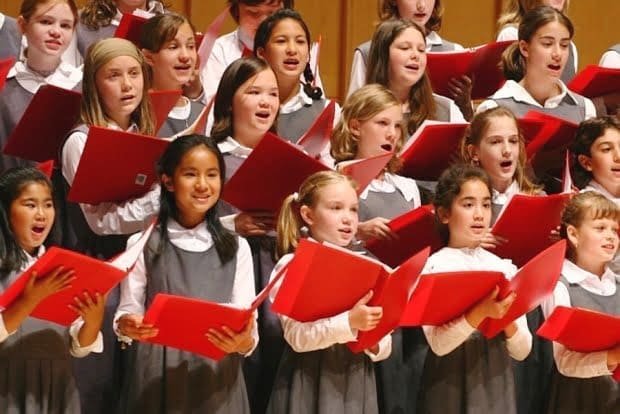CHRISTMAS CAROLS
The word Carol or Carole is derived from the French and Anglo-Norman language and means dance or song or a circle dance, accompanied by singing and expressing religious joy. During the 14th century carols became popular religious songs to Christ or The Virgin Mary and frequently they were sung in Latin and English during the Christmas Season.
In 1223 Saint Francis of Assisi introduced carols into the formal worship of the church during a Christmas Midnight Mass in a cave in Greccio, Italy.
Ever since then, Christmas caroling has been a central part of Christmas celebrations and can be heard from Thanksgiving through Christmas Day.
The 19th century was the time when many Christmas carols and songs were written and distributed. But many of the most popular are from the 16th and 17th centuries.
- Adeste Fidelis (O come all ye faithful) 16th century
- God Rest Ye Merry Gentlemen 16th century
- The First Noel 18th century
- White Shepherds watched (1703)
- Silent Night comes from Austria ( 1818)
- Ave Maria by Franz Shubert (1825)
- We Three Kings of Orient (1857)
- I’ll be Home for Christmas (1943)
- Rudolph the Red-Nosed Reindeer (1949)
- Frosty the Snowman (1950)
- Joy to the World (1956)
- Santa Baby (1953)
- Silver Bells (1957)
- Do you Hear what I Hear (1962)
In Latino America the villancico was a common poetic and musical form of celebrating Christmas Season.
The word “villancico” comes from “vilano” which indicates a peasant of a small village in medieval Spain. Villancicos talked about religious, amorous and pastoral themes. Villancicos flourished between the 15th and 18th centuries It was the 16th century when the villancicos assumed a religious theme all over Latin America.
The majority of villancicos were in Spanish or Portuguese.
Some of best known villancicos in Latin America are:
- Campana sobre Campana
- En el Portal de Belem
- La Virgen y San Jose
- Noche de Paz
- Tutaina
- Anton
- Burrito Sabanero
- El nino del tambor
- Aires de Navidad
- La Nanita Nana
- Vamos Vamos Pastorcitos
- El burrito de Belen
Villancicos pay a very important role in Hispanic Christmas music traditions. They also keep religious believes alive, reunite family and friends, who sing together enjoying the Christmas Season.
MARTHA VANCE





